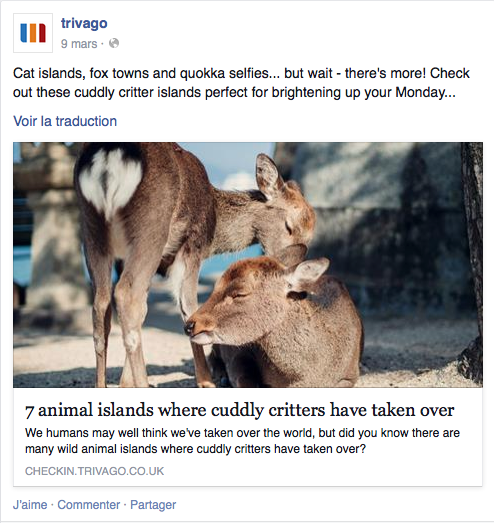
In my previous post (part 1: define your goal).
)), we saw how important it is to define crystal clear goals in order to build a strong and successful community management strategy.
Step 2 is all about aiming right and shooting!
Step 2: Find your target audience and feed them with what they like!
Generally, finding your target is at least as important as defining your goal. If you fail to identify and target your audience, all your efforts on community management will be wasted.
Fortunately, on social media it’s easy to identify your target. People usually provide a lot of information about themselves that you can exploit: where they work, what they like, who they know, etc …
But first things first. A great way to get started is to reach out to your own circles. Talk with your friends, family, and colleagues, ask them to follow you, join your group or like your page (depending on which social media you are opting for). Tell them about your job, your company, your product, and get their feedback. Hopefully, they will share the info with their own circles that might be interested, and get the ball rolling.
Then you need to find where your target audience is. Social media monitoring will be your best friend to reach that goal: monitor your competitors, your industry and their activities. You have to be on the battlefield!
Your competitors have probably spent a lot of money to identify the best channels and the best targets, so check where they are present and what they talk about.
The best way to achieve this is to use tools like Google Alerts or Twilert: track posts about your industry keywords and your competitors. You can also log all the hashtags used by people in your industry.
You don’t need to be present on all social media to do a good job. Quality is always better than quantity! Choose your social media based on where your audience is, and focus on it.
Once you have found your audience, you need to feed them with content they like. But which content will catch their attention? Analyze your market: what do they like? What are they talking about? What problem do they have?
Then ask yourself: how can I help them? What content is interesting for them? You shouldn’t only speak about your product; you rather need to deliver related information that is relevant to your community.
The following two posts from Trivago and Häagen-Dazs, are excellent examples of content that does not directly relate to their product or company, but that helps them engage members in their community.


This is the second part of our blog post series on building a community management strategy. Read on the third part of the series: sharing your content.